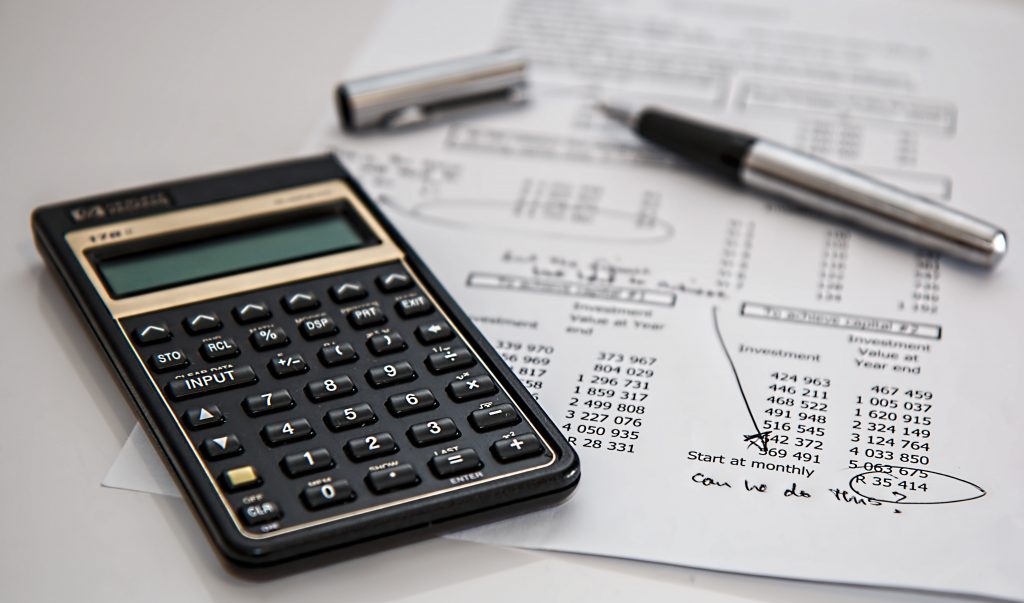
It doesn’t matter where you are in your life, you should be making a budget for yourself. And sticking to it.
Of course, a student budget and a doctor’s are going to look a lot different but the process is pretty much the same.
The key is to track your expenses. If you make the same amount of money every month without much fluctuation, then you have no control over that. What you do have control over is where and how you spend your money. Utilities usually take a significant amount of your budget, and this is why you need to think about different alternatives to save as much as possible. For instance, you can switch to prepaid electricity, which is a pay as you go plan that prevents you from having any bill surprises at the end of the month
In this article, we will go over the basics of tracking expenses so you can create a workable budget that helps you keep more of your hard earned money in your pocket.
Tracking expenses
You can make a budget on a napkin just by thinking about where your money goes every month, but this is not as effective as tracking your expenses.
You need to keep track of every single item in your outgoings. From monthly bills, to one time payments to your normal everyday spending.
Without tracking, you are really only guessing at what your expenses are. To get a complete picture, you should be tracking your spending habits and your expenses for at least three months.
What are your expenses?
Your expenses can be broken up into two categories. Essential and non essential.
An example of an essential expense is disability insurance. If you are a doctor, then you have to pay this every month or year depending on how you have set up your payments. They are payments that have to be paid. If you stopped paying to save money then it could spell trouble for you.
The second type is non essential. It is still different from spending as they are something you regularly pay as opposed to something that you buy or spend on a whim.
An example of a non essential expense is your cable bill. You can live without TV so it is non essential even though you pay it every month.
How to track
The easiest way to track your expenses is to use an app. You can set it up so that your fixed expenses, ones that happen every month like insurance or rent, are accounted for without you needing to add them manually every time.
Then, every time you use your credit or debit card or buy something in cash, you enter it into your app. Do this for a few months and then you can see where the bulk of your money is going. And by categorizing them as essential and nonessential, you can see the easy areas to cut from your spending.
Now that you can see where your money is going, you can set a limit on what you spend your money on. Those non essentials can be cut down and your spending on other things can be more disciplined.
That limit is your budget. Set a fixed number for every month that you won’t go over and you’ll soon find yourself with way more money at the end of the month than you previously had.